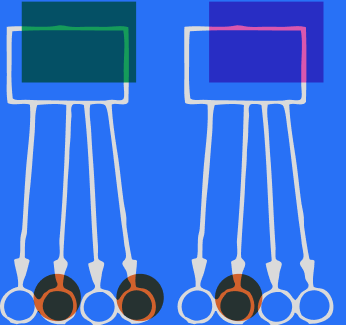- PLATFORMKepler PlatformAI TECHNOLOGIES
- WHY KEPLERUSE CASESBY ROLE
- PARTNERS
- INSIGHTSInsights
- COMPANY
Natural Language Understanding (NLU) is a subset of Natural Language Processing (NLP). In NLP, machines analyze large amounts of data to understand written and spoken human languages, while NLU focuses on machines understanding the actual intent or meaning behind what humans say or write.
Natural Language Understanding is an AI-hard problem – solving it would mean a machine doesn’t just take in information – it comprehends and responds just like a human would.
A vast amount of human-generated data is unstructured natural language – social media content, customer reviews, and academic papers to name a few. Reading, categorizing, and extracting what’s actually essential information would be extremely time-consuming for a person – and people are prone to bias and human error.
NLU can process large amounts of unstructured data – taking just milliseconds per document. Imagine how long it would take a human to read hundreds of thousands of Instagram comments about your brand and categorize them by topic or by the different emotions your brand generates.
Humans and machines are collaborating more than ever, and the ability for a machine to understand the intent behind human language and extract critical pieces of information – like sentiment, dates, names, and places – is what allows human-like virtual assistants, chatbots, and phone triage systems to exist.
1D Convolution Neural Network with fine-tuning word embedding is ideal to extract sentiment such as angry, happy, sad terms
Recurrent Neural Network with fine-tuning the word embedding is for cases where the order of the information is really important.
BERT language model, introduced by Google in 2019, is excellent to extract contextual information while avoiding information loss.
TD-IDF and fully connected networks are optimized for small datasets






AI primer on key data science terms and processes
Applied AI training on how to run a successful AI project
AI roadmap advice
How to pilot AI use cases